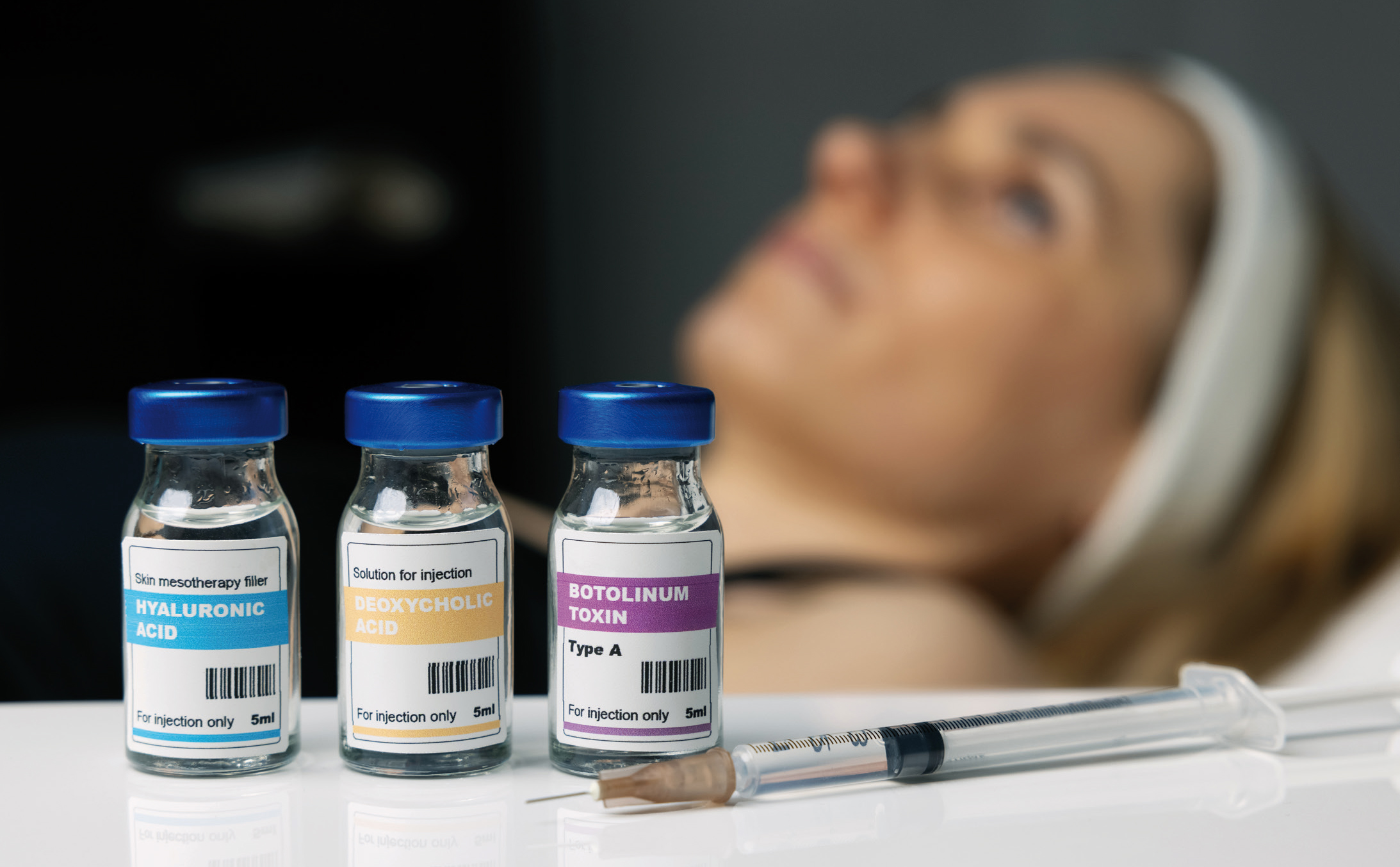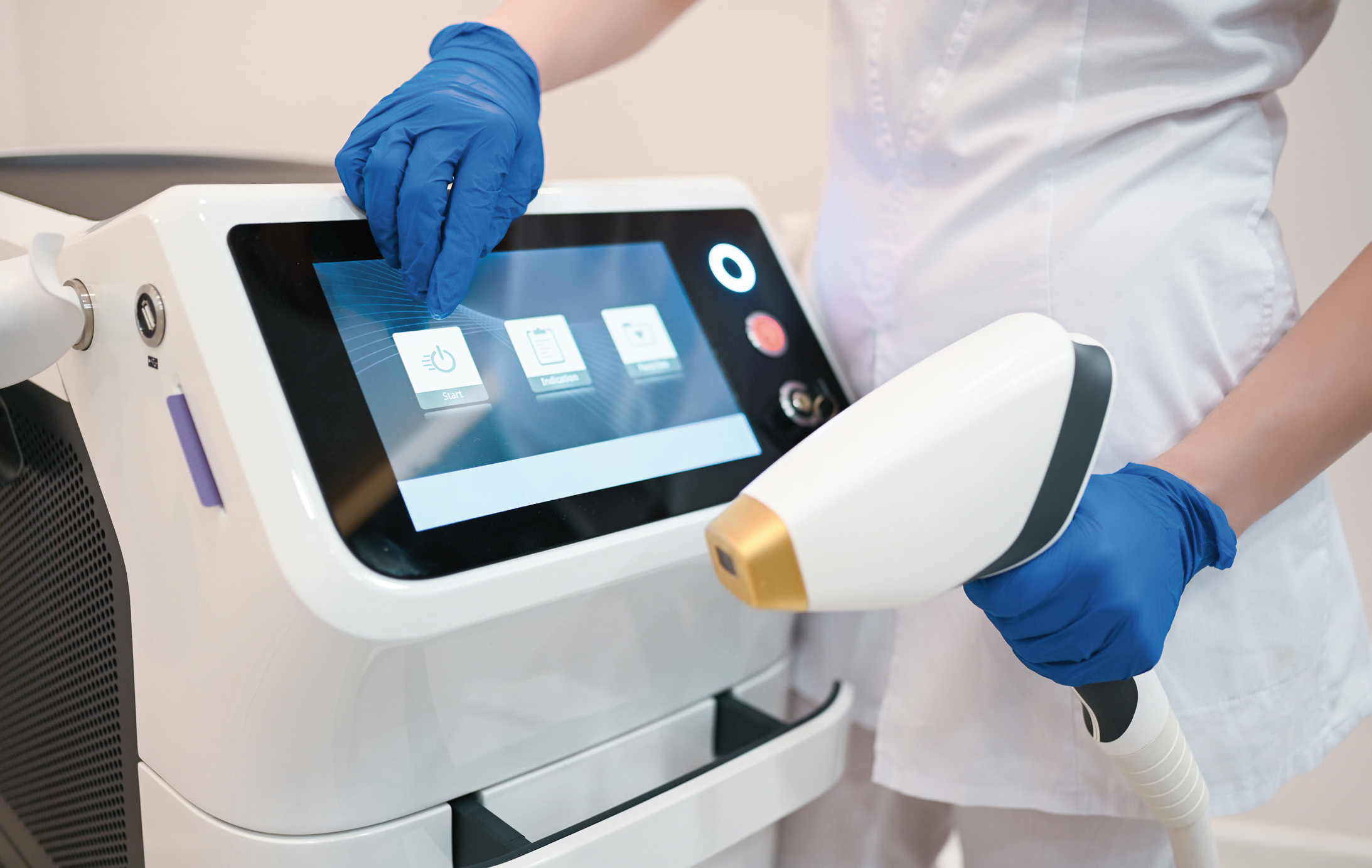

» By exercising personal and professional accountability, it follows that the individual must oversee the outcome of the delegated task, making themselves available to assist and support as necessary, in other words, to supervise «
The primary legislation which facilitates and endorses a scheme of cosmetic licensing is now embedded in The Health & Care Act (2022). The secondary legislation, and the regulations which will follow, will arise from the decisions the Government makes following consultation. As part of the first consultation, the Department of Health and Social Care sought wide ranging public and stakeholder opinion regarding a proposed requirement for oversight, to be applied to certain higher risk procedures performed by non-healthcare practitioners, by an appropriate, named and regulated healthcare professional. This article explores the concept of oversight from a professional regulatory perspective with specific reference to the standards expected of its registrants by the Nursing & Midwifery Council.
The JCCP has made numerous recommendations to government to inform the development and direction of cosmetic licensing. The JCCP does not take a unilateral approach in making these recommendations, they are developed in response to a consensus of wideranging stakeholder opinion and the recommendations outlined in this article represent this approach, following firm agreement having been reached across professional and unregulated practitioner boundaries. The procedures to which they refer are limited to the Government's proposed ‘Amber’ category of procedures. It is to be noted that the recommendations made for a ‘Red’, highest risk category might fall out of scope of the licensing scheme as these procedures could be captured through CQC registration in the future, with additional legislation proposed to enable further restrictions which prohibit these procedures being performed by nondesignated individuals.
The proposed ‘Amber’ category of procedures can be broadly described by 3 sub-groupings for which the application of oversight requires exploration.
The sub-groupings are:
- Those that require, or could reasonably necessitate, the use of a Prescription Only Medicine (POM) for their application for both the treatment itself or for the treatment of any complication arising therefrom. Botulinum toxins and dermal fillers fall within this category as does the use of blood plasma.
- Energy based device procedures involving, for example, lasers, radiofrequency, HIFU, cryolipolyis and ablative plasma.
- Lesion removal procedures using, for example, cryocautery.
Oversight in the clinical context is a broad term which benefits from an analysis of its component parts. We must therefore consider oversight to mean those requirements most often attached to delegation e.g., the clinical scenario most associated with oversight relates to prescribing in the cosmetic sector when a prescriber authorises a prescription for an injectable procedure or a complicationsrelated ‘rescue’ procedure that they do not perform themselves.
The decision to delegate is one of clinical judgment informed by an understanding of:
- The needs of the individual in your care
- The ability, knowledge and proven competence of the individual to complete the delegated task safely and effectively.
For all actions, omissions and decisions, a key principle underpinning any form of delegated activity is accountability. Accountability is closely related to trust and together they provide a foundation for regulated practice that affords healthcare professionals a preeminent position in any sphere of healthcare activity, including provision being set down in legislation to determine how oversight should be applied in any future cosmetic licensing scheme. By exercising personal and professional accountability, it follows that the individual must oversee the outcome of the delegated task, making themselves available to assist and support as necessary, in other words, to supervise. Readers will recognise section II of The NMC Code (2015) which we aim to apply here in the cosmetic context. Section II of the NMC Code advises that ‘These expectations are that people on the NMC register:
- only delegate tasks and duties that are within the other person's scope of competence, making sure that they fully understand the instructions.
- make sure that everyone they delegate tasks to are adequately supervised and supported so they can provide safe and compassionate care.
- confirm that the outcome of any task delegated to someone else meets the required standard’.
However, these are principles that transcends all regulated healthcare practice. The GMC for example state that:
‘You must make sure that anyone you delegate to has the necessary knowledge, skills and training and is appropriately supervised.’ (GMC (2016) Guidance for doctors who offer cosmetic interventions)
Therefore, the assessment of the ‘patient’, the assessment of the delegate and the supervision of practice to a safe and effective conclusion are the component parts of necessary oversight to be examined in the cosmetic licensing context.


» Competence is not a static concept but one that varies over time and with exposure to diverse clinical scenarios «
Competence is not a static concept but one that varies over time and with exposure to diverse clinical scenarios. Training and qualification are a measure of competence, but are insufficient in themselves, and the question of experience (and confidence) must also factor into decision making. Further, a procedure that may be straightforward in one patient may be complex in another and allowance must be made for diverse physiological and psychological components. It follows therefore that the extent of oversight required for any procedure cannot be set in policy, the responsible and accountable professional uses their clinical judgement to determine the requirements on a case-by-case basis. However, policy can set the minimum standard expected in the cosmetic context. The JCCP and others are increasingly concerned with a standard of practice that includes prescribing and delegating over wide geographical areas with an absence of follow-up. This is aggravated by the evidence of harm that some experience and the lack of intervention and support in these cases. It therefore becomes necessary to make recommendations which set the minimum standard, and these recommendations, directed to government as part of the JCCP's response to the cosmetic licensing consultation, form the focus for the remainder of this article.
The primary and allied use of POM's
It will be clear to the cosmetic practitioner that procedures such as botulinum toxins, microsclerotherapy, the use of lidocaine and dermal fillers due to the potential need for hyaluronidase form an indicative list. For the purposes of legislation, it is perhaps important that this list is indicative rather than exhaustive to ensure that all POM's used for the application and management of any cosmetic procedure are captured, with the exception of those that sit within the Government's proposed ‘Red’ category for CQC oversight, such as ‘Kenalog’. The professional regulators support a requirement for a face-to-face consultation prior to prescribing for any cosmetic purpose, and it becomes a straightforward matter to encompass this level of oversight into the proposals made.
For these procedures therefore, the following recommendations form the JCCP's submission to the Westminster Government:
- All individuals must receive a face-to-face assessment by an appropriate prescriber prior to prescribing and delegating a procedure. The assessment must be documented and include all relevant physical and psychological information
- All persons to whom a procedure is delegated must be assessed to determine their competence to perform the task. Assessment should be documented and reviewed at an appropriate interval
- The responsible prescriber must provide the appropriate level of supervision and must be available to intervene in the event that it becomes necessary. Therefore, the prescriber must remain on-site at all times
- The prescriber must satisfy themselves that the outcome meets the expected standard or prescribe accordingly where adjustment is required.
We note that for the use of any injectable POM, it is a legal requirement that the procedure is provided against a direction. The prescriber must therefore ensure that the procedure meets the terms of the direction, including for instance the dose, and that the person to whom they delegate understands the requirement.
The above position is a response to the consultation in the strictest sense, one in which unregulated practitioners are actively included in the government's proposals. The JCCP's stated position is that these procedures should only be performed by specified regulated healthcare professionals but given the government's implied commitment to their inclusion in the proposed scheme of licensing in England, the JCCP firmly believes that explicit standards of oversight must apply. The JCCP has been encouraged that this view is extensively supported by a wide range of stakeholders whose opinions have been sought and relied upon to inform the recommendations that we have made. We find it particularly relevant that the majority of representatives of the beauty sector and their associations are entirely aligned in this respect, ensuring the widest possible consensus that provides a true reflection of industry opinion and commitment to patient safety and public protection.
For the purposes of clinical oversight for the above procedures, an appropriate supervisor is one who holds a statutory ‘License to Practise ‘aesthetic procedures (i.e., once this is introduced in England) and who has gained an accredited qualification to prescribe, administer and supervise aesthetic procedures against the standards that are yet to be determined. The JCCP also recommends that the supervisory obligations extend further, particularly when delegating to professionally unregulated practitioners, to include assurance that the necessary audits have been completed accurately. Written audit, including for instance that which confirms the legitimate sourcing, use (against a direction) and where necessary the disposal of POM's and medical devices should be a required as evidence that the required standards are in place and being met. The local authority Environmental Health Officers who will be responsible for issuing the license and enforcing the standards should expect access to this information. The prescriber will therefore act as a ‘responsible officer’ and the JCCP propose that they should be named in this function as part of a publicly available license.
Energybased devices
The energy-based procedures, including the use of certain lasers, plasma ablation, cryolipolyis, HIFU and others that ultimately sit in the Amber category will do so because of the safety concerns that they represent. In this context, clinical oversight should continue to apply.
The JCCP's consensus agreement is that the same standards of delegation should apply in terms of the assessment of the patient and the person to whom the procedure is delegated, along with the requirement to confirm outcomes and to intervene where necessary to maintain safety and to support the delegate. The JCCP also recommend the requirement for a laser protection officer where lasers are used.
The following are the key areas of difference between this group of procedures, and those where POM's are used:
- The supervisor must be an appropriate, regulated healthcare professional, but need not be a prescriber. However, it is recommended that the non-prescribing supervisor has access to a prescriber as part of their professional network
- Unless assessment determines otherwise, the supervisor need not be within the premises at the time of the procedure. However, they must be geographically local and able to respond where necessary in a timely manner.
Lesion removal
The same standards of clinical oversight, by non-prescribing regulated professionals applies in regard to the removal of any cutaneous lesion. The key prerequisite for these procedures is the need for diagnosis of the lesion and authorisation for its removal. The supervisor would be required to be a prescriber where injectable local anaesthetic is to be used.
The supervisor must therefore be competent to diagnose any lesion that is to be removed, or otherwise confirm that an appropriate diagnosis has been made. The supervisor must, working within the confines and cope of their expertise, make an appropriate referral or seek a second opinion where there is any doubt in relation to a diagnosis, or where histology may be required.
The JCCP has also pointed to areas where insufficient information exists to make recommendations with confidence, and where further review by government and by regulators is required. The use of blood plasma, including its remanufacture as ‘Biofiller’, is an important example which will require more detailed analysis and regulatory determination. We note therefore that it may become appropriate to transition some procedures to the ‘Red’ category, and low-risk variations of others to the ‘Green’ category. As part of a clear and flexible regulatory approach, the ‘Red’, ‘Amber’, ‘Green’ classification system that has been adopted by the Westminster government in their first consultation paper is useful, but it should be ‘future proofed’ respond to the changing dynamics of the sector.
We hope that this article provides some useful insight into current thinking surrounding cosmetic licensing and the need for supervision. For those who currently delegate and supervise others, we hope that it provides the occasion to reflect and, where it may be appropriate, to inform and update practice.



